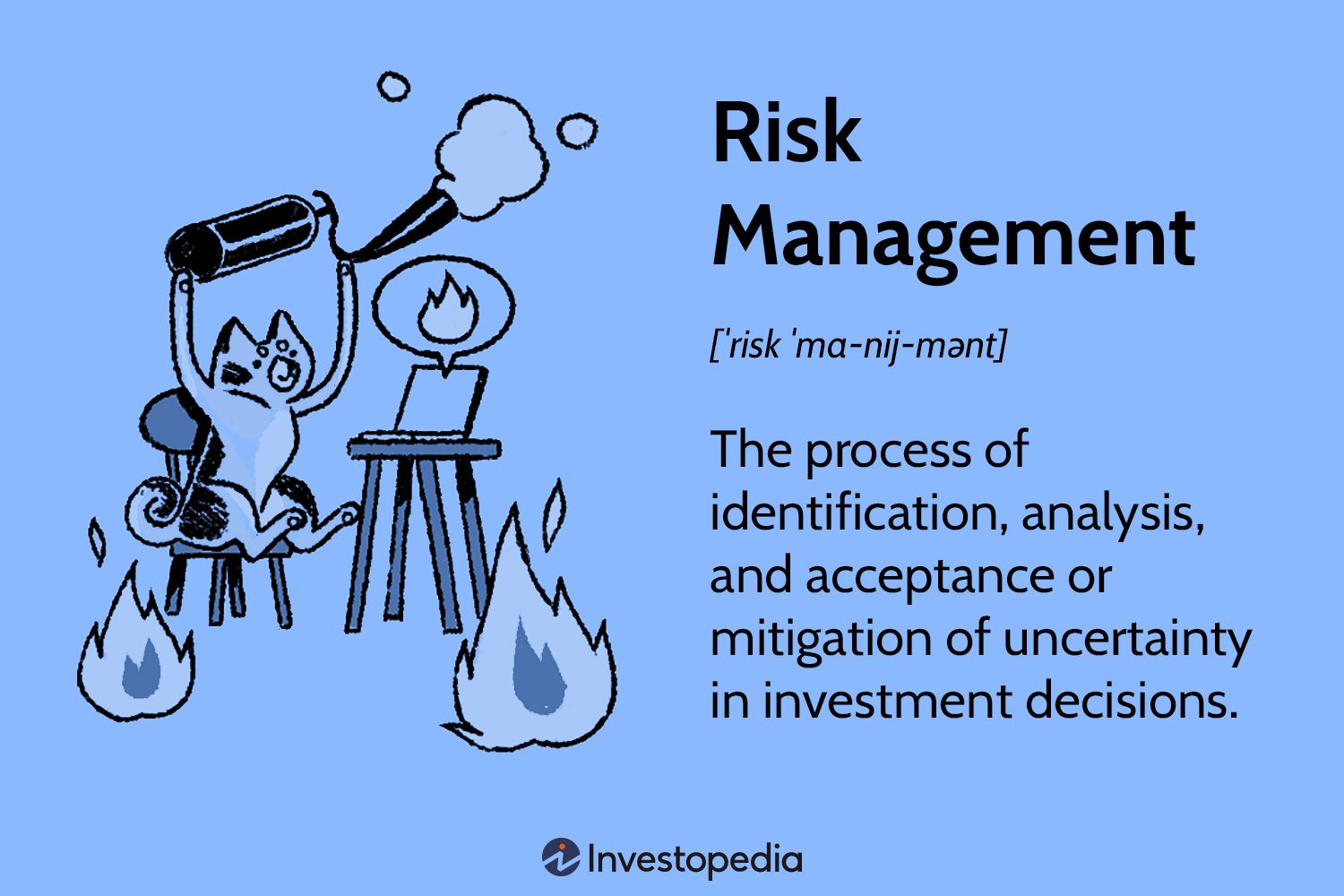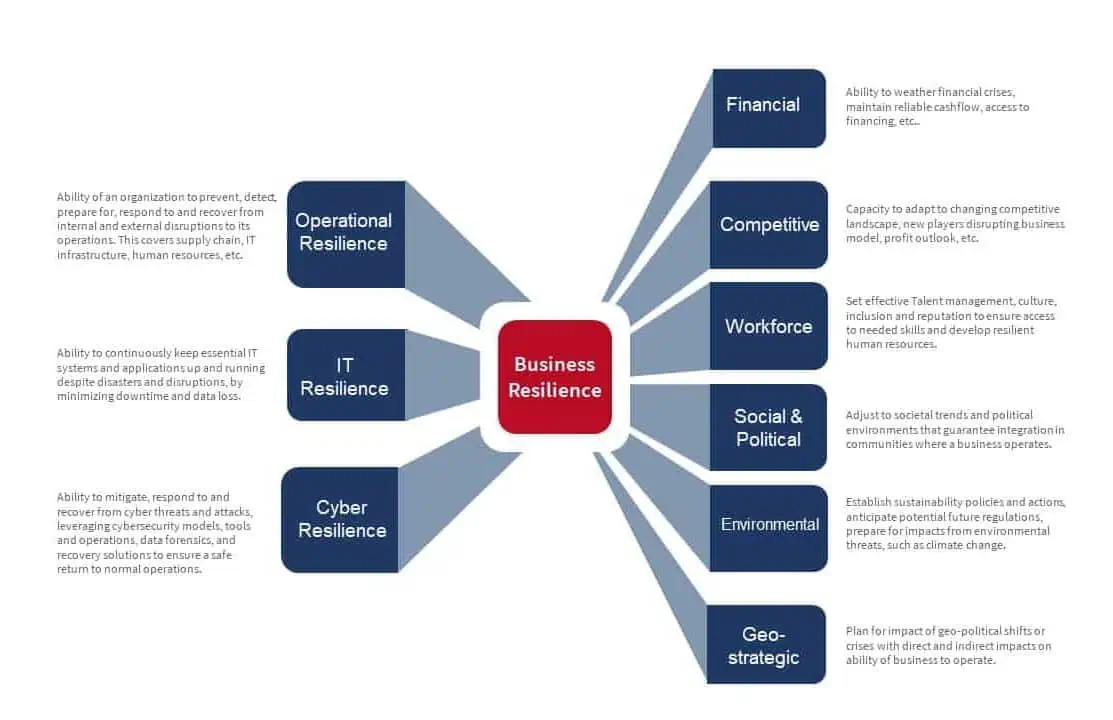
Always Have a Plan B
In recent weeks, three big corporations - Greggs, McDonald’s, and Sainsbury’s - have faced unexpected technical glitches that disrupted their operations, causing inconvenience to customers and costing the firms millions in lost revenue. These incidents serve as poignant reminders of the critical need for robust contingency plans, fail-over systems, and comprehensive disaster recovery procedures in today’s tech-driven business landscape.
 Business continuity is key to minimizing disruptions
Business continuity is key to minimizing disruptions
Adequate training and preparedness of staff are paramount. Although not being able to buy a steak bake or a Big Mac is mildly frustrating to customers, the implications (in McDonald’s case, on a global scale) are huge in terms of lost revenue. These incidents underscore the reality that no organisation, regardless of size or reputation, is immune to technological failures.
Big firms, with vast resources and sophisticated infrastructure, are not exempt from such setbacks. However, what sets them apart (and often from their smaller counterparts!) is their capacity to mitigate risks through meticulous planning and preparation.
 Risk management is crucial in today’s business landscape
Risk management is crucial in today’s business landscape
Contingency planning is the cornerstone of resilience in the face of technological disruptions. Companies must anticipate potential failures and devise strategies to address them swiftly and effectively. This includes developing fail-over systems that can seamlessly take over operations in the event of a primary system failure. Additionally, robust disaster recovery procedures are essential for restoring normality and minimising the impact of disruptions on business continuity.
Firms can fortify themselves against disruptions and emerge stronger and more resilient in the face of adversity. Furthermore, adequate training and preparedness of employees are paramount. Teams must be well versed in contingency protocols and equipped to navigate unexpected situations.
Disaster recovery procedures are essential for business continuity
In light of these recent events, it’s imperative for companies, both big and small, to reassess their technological resilience strategy. Regular testing of contingency plans, fail-over systems, and disaster recovery procedures is essential to identify weaknesses and address them proactively.
This approach not only minimises the likelihood of disruptions but enhances an organisation’s ability to respond swiftly and decisively when they occur. Would your teams know what to do in the short term to ensure the least disruption for you and your customers?
Ultimately, the incidents involving Greggs, McDonald’s, and Sainsbury’s serve as wake-up calls for companies across industries. In today’s interconnected and technology-driven world, the risk of technical failures looms large, regardless of an organisation’s size or stature… and that’s before we’ve considered cyber-security issues and the risks they pose to companies!
By investing in robust contingency planning, fail-over systems, and disaster recovery procedures, firms can fortify themselves against disruptions and emerge stronger and more resilient in the face of adversity.
 Business resilience is key to success
Business resilience is key to success
It’s impossible for any business now to operate efficiently without the use of technology; yet it’s also unrealistic to think there will never be an issue that causes a disruption to service. So the question is: how long could your business survive an outage before you felt a significant impact, and would your teams know what to do in the short term to ensure the least disruption for you and your customers?
In life and in business… always have a Plan B!










